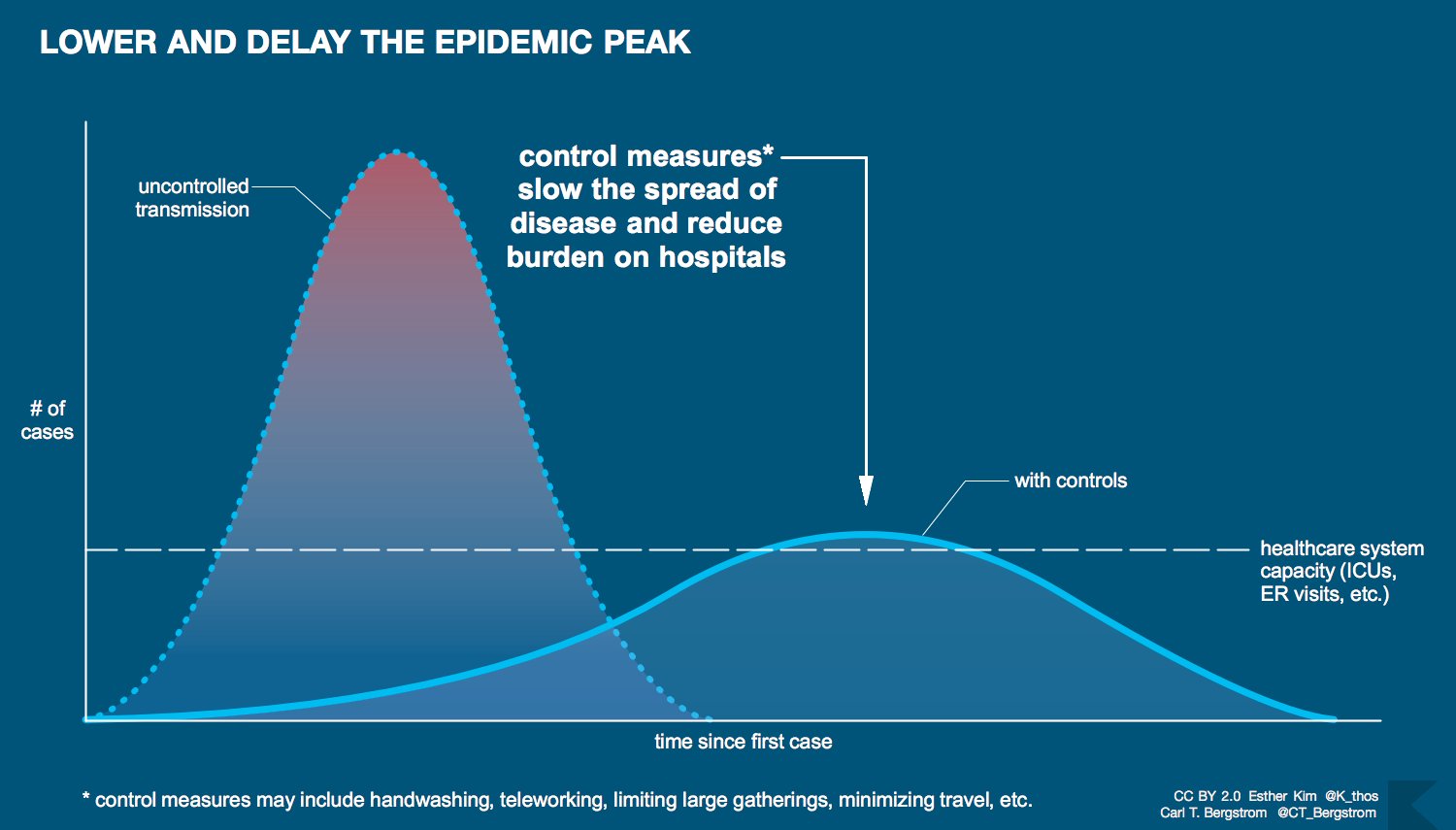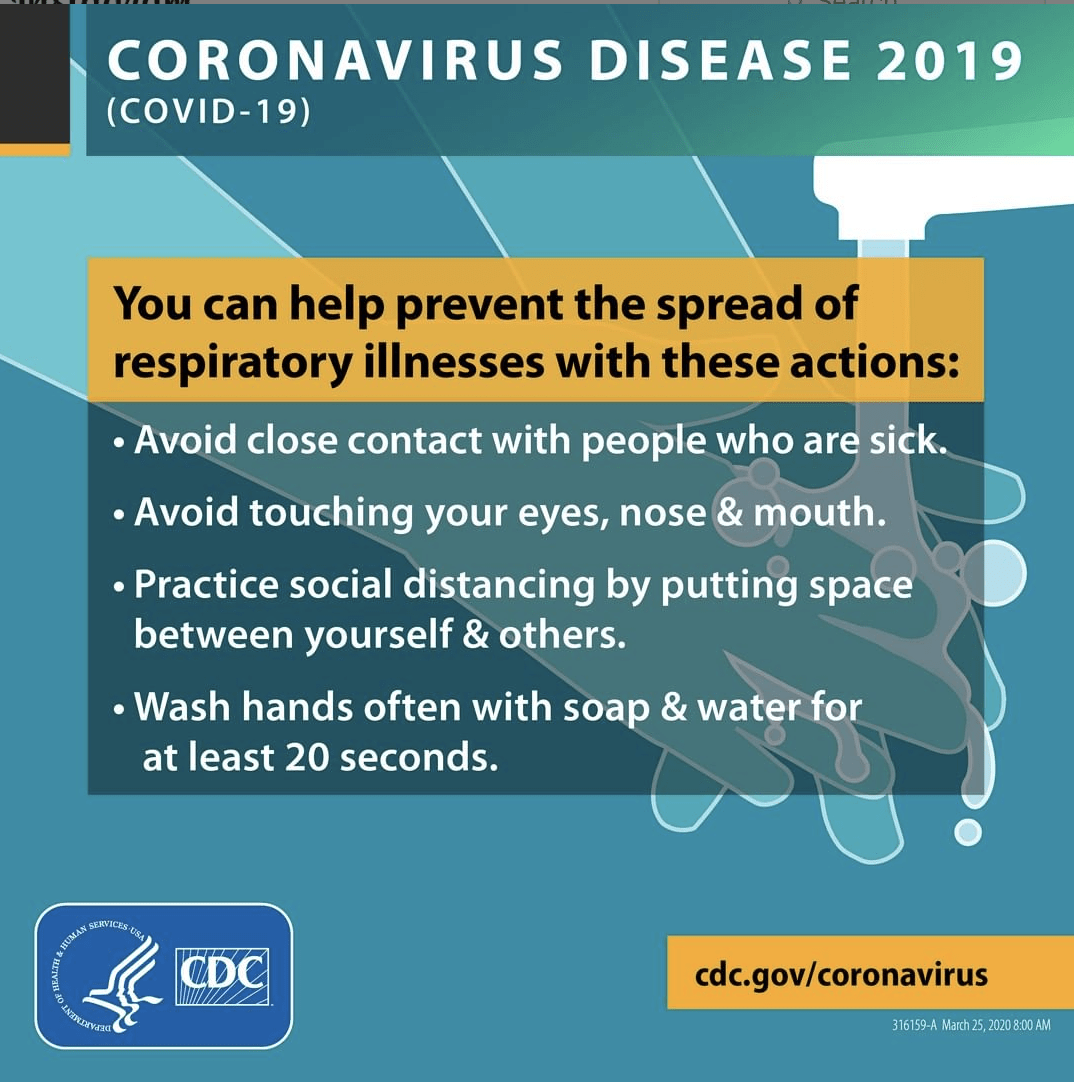The Role of Public Health in a Pandemic

Dr. Carol Ewan Whyte, Assistant Director, Public Health Research and Service, and Public Health Expert at UNE Online
UNE Online Faculty member and public health expert Carol J. Ewan Whyte, Ph.D., M.Sc. discusses the role of a public health professional during the coronavirus pandemic.
This information reflects the expert opinions and experiences of Dr. Ewan Whyte, and is accurate as of Wednesday, April 1, 2020.
For someone working in public health right now, what is their role in this COVID-19 pandemic?
Epidemiologists are really the ones who are working overtime right now. I liked how the Director of the Maine CDC calls them ‘Disease Detectives.’ The epidemiologists are the ones tracking how many new COVID-19 cases we have, where they live, who they have come in contact with, and making sure all those people who need to be tested are notified and tested.
As you know, public health has several areas within it, so there are some parts of public health right now that are not really being called on to do much more than what they do normally.
For these people, I would say – lead by example. Practice your six-foot social distancing, stay home as much as possible, don’t touch your face, wash your hands often, and encourage others to do the same.
Also, don’t be afraid to speak up. Gently offer to help out if you see something wrong. For instance, I saw a woman using her face mask incorrectly in the grocery store this week and I had a nice discussion with her about how she could protect herself more effectively.
Sometimes it’s as simple as that. Education cuts across all areas of public health regardless of what discipline you are in.
Who do you recommend for trusted sources for coronavirus information?
I trust the World Health Organization, Centers for Disease Control and Prevention (CDC) at both U.S. level and the local level, and the National Institutes of Health (NIH).
As public health professionals, one of the things we are responsible for is making sure people know where to get accurate information, and in some cases providing them with that accurate information.
Can you talk about flattening the curve, and what that means?
 I would be happy to. That first steep curve that you see, that’s how any infectious disease tends to be during a pandemic or outbreak. That “bell” shape scoops up sharply and then curves back down.
I would be happy to. That first steep curve that you see, that’s how any infectious disease tends to be during a pandemic or outbreak. That “bell” shape scoops up sharply and then curves back down.
Flattening the curve means that you want to have a “bell” that’s not that steep. You want fewer cases over a longer span of time.
What causes the steep “bell” to curve that sharply is that you start out with a couple of cases, and then they exponentially increase. One person infects ten people, those ten infect ten more apiece, and those 100 people infect ten people apiece… and so on. It’s devastatingly simple math.
Think about what’s happening in Italy, and what happened in China with their exponential increases. The sheer volume of cases put an incredible amount of stress on the healthcare system. There were not enough supplies, beds, or ventilators. What causes that exponential increase in disease is usually because people don’t know what to do, or are unwilling to take the necessary measures, to prevent the transmission of the disease.
If we are able to reduce the number of new cases each day, it will give our healthcare system time to meet needs.
In order to achieve flattening, you need to slow the transmission of the disease. And we do that through social distancing, staying home, not touching our faces, and handwashing.
You have a teenage daughter. How do you support her and help her understand this pandemic?
My daughter is 16 and she has friends who still want to go out, but she understands that she needs to be isolated. She does still go for her runs because she’s a runner.
But she’s told me that other runners have been good about giving each other space and maintaining that social distance. And then, of course, she washes her hands once she gets back to the house. Yesterday she even sanitized her weights! She definitely gets it.
My role is also to help her maintain a routine and to help her see the measures we take as a family to do our part in stopping the spread of the virus, like only going out for essential items. We also have conversations about her mental health during this period and I make sure she is applying good coping skills like taking some downtime every day.
As a young person, where does your daughter get her news?

Example post from March 25, 2020
Of all places, she tells me that she gets her news on Instagram. Fortunately, it’s reputable sources like the CDC on Instagram that she’s getting this information. How great is it that the CDC is on Instagram? She watches the news on TV too, but most of her news is coming from Instagram – and that’s where her friends are. That’s where they’re all getting their information.
What about her friends? Is everything digital now with social distancing?
She’s a junior in high school, and her life and her friends’ have really been upended in all of this – so there’s a lot that’s different for her now. What some of her friends have started to do is to drive to these vacant parking lots; one person per car. They park in a circle facing out, and then they get into their trunks and they have conversations because they want to actually see their friends. Getting together with friends is a big part of being a teenager. While I would prefer if they just stayed home, I’m happy that they’re staying at least six feet apart. And, of course, they spend a lot of time on their digital platforms like Skype.
What do you think about all of the college-age people refusing to cancel their spring break trips right now?
That’s definitely one of the things that really annoys me – when younger people have an attitude that they won’t get sick. Or if they do get the coronavirus, they’ll survive and therefore they’re not canceling their spring break and are still going to the beaches. In my opinion, that attitude is the height of selfishness.
Not thinking about the fact that even if you do get it and you do survive, you could pass the disease on to your grandmother or some other folks with some underlying disease who is not able to fight it off as well as you are. So that part is really sad where people are just thinking about themselves – and some teenagers have that attitude too. Well, I’m young, I’ll get over it.
That attitude makes me sad because our lives right now are in the hands of others – and we all need to help each other.
Have you heard any inaccurate COVID-19 info that you’d like to correct?
Ah, yes, I have. Last week I was speaking with my dad, who’s 78 and lives in Jamaica, and he was telling me about the long list of home remedies he had heard of to treat the coronavirus.
And then this week I heard on the news in the U.S. where they were talking about the belief that the virus lives in your throat, so you should gargle with different things to prevent getting the coronavirus. Of course, this is not true – and I found it doubly interesting that I heard about these remedies first, from my dad! The only good thing here is that the remedy ingredients were all homeopathic like vinegar with lime or salt, so they were fairly harmless even if they were ineffective.
My advice is to just make sure you wash your hands frequently, stay home, and keep your 6-foot social distance.
The public health community is on the same page about these best practices.
Is there anything that you can think of that the public health community might be divided on regarding the coronavirus disease right now?
The question of how long we will need to stay isolated is a divisive one right now, but we can take that issue beyond the public health professionals to the governance of the country. Initially, the president wanted us to go back to normal by Easter – but the officials at the National Institutes of Health (NIH) are saying it’s not going to be that soon. It’s going to take longer.
As public health professionals, we all agree that this is going to take as long as it takes.
We really have no way of knowing. We can look at the graph, and if it continues to go up and not flatten, we clearly have not reached the top of that bell – so how can you say that in two weeks as a population we will have this under control enough to go back to normal? That’s one of the biggest points of contention I see right now.
The other debate is new and is about who should be wearing masks in public; should everyone wear masks when they are in public to reduce community spread and the risk of contracting the virus since there are now believed to be people spreading the virus who do not have symptoms. This makes the older recommendation that only people with symptoms or caring for someone with the virus should wear masks up for debate. We should have new guidance on this very soon.
Do you think we can look at China’s curve and compare it to our own, and use that to predict how our cases are going to go?
It is difficult to compare because there is no way to know where on our own curve we are. But as of today, China is the only place to achieve a slowdown in cases for a long period of time. What we CAN do is take cues from China’s success, and look at what they did to flatten their curve – while also recognizing that their political system is different from ours.
Here in the U.S., we have been advised to go home and stay at home. But quarantine is not very easy to enforce here. That’s probably one of the reasons why we are still experiencing such a steep curve.
We’re not flattening the curve the way we want to because people are not taking it seriously enough.
So we should definitely learn from China. What they did was very strict. People stayed home, and they’re now getting it under control. They have companies reopening and life is getting back to normal.
Any final words of advice?
Stay home! And when you do have to go out, practice social distancing, and only go for essential things like groceries and medication – really important things.
The quicker we all work together by staying apart, the quicker we all can stop being at home.
Interested in becoming a public health professional?
Tags: coronavirus | COVID-19 | Graduate Certificate in Public Health | Graduate Programs in Public Health | Master of Public Health | MPH